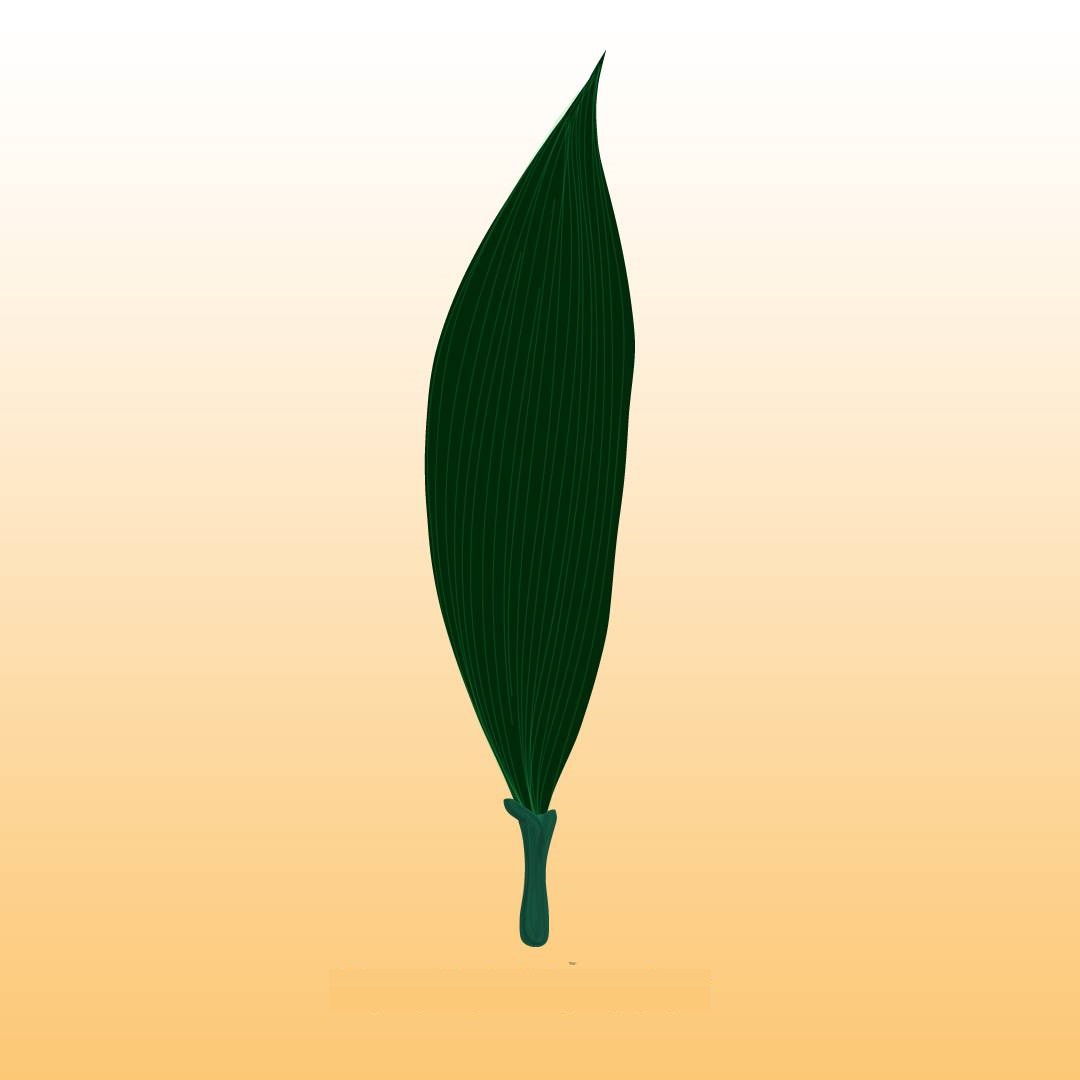6th Grade > Biology
GETTING TO KNOW PLANTS MCQs
Total Questions : 100
| Page 2 of 10 pages
:
1 Mark each
1. Rhizome
It is fleshy, non-green underground stem. It has distinct nodes and internodes.Adventitious roots arise from the lower side. Examples - ginger, turmeric, banana
2.Bulb
It is a highly condensed discoid stem. Its upper surface a terminal bud and many fleshy leaves are present. A cluster of adventitious roots arisesfrom the base of the bulb. Examples - onions, lily
3. Tuber
Stem tuber is a swollen tip of an underground lateral Stem. It is covered by a rough skin with a number small nodes called eyes. Examples - potato,cassava
4. Runner
It is a creeping stem with long internodes, running horizontally on the soil surface. The nodes bear axillary buds, scale leaves, and adventitious roots. Examples - grasses, strawberries.
5. Stem tendrils
Stem or its branches get modified into a green thread-like leafless structures called tendrils which are meant for climbing. These may be branched or unbranched. Examples - grapevines
:
A complete flower is one that contains all thereproductive(stamens and pistil) andnon-reproductive (petals and sepals) parts.
:
1 Mark each
The pistil is the female reproductive part of a flower. It is made up of the stigma, the style and the ovary.
1. The stigma is a bulged sticky structure at the tip of the pistil. As it is sticky it receives pollen grains from the male reproductive structure.
2. The style is a long tube-like structure which allows pollen grain to travel from the stigma to the ovule which bears the egg cell.
3. Ovary is a large lobed structure at the base of the pistil. It contains ovules which bear the female reproductive cells.
:
Definition: 1 Mark each
Creepers are plants with weak stems. They cannot stand upright and spread on the ground.
Climbers are plants with weak stems whichtake support on neighbouring structures to grow.
Answer: Option A. -> Parallel
:
A
Venation is the arrangement of veins and veinlets in the lamina of a leaf. It is of 2 types:
∙ Parallel venation
∙ Reticulate venation
In the given figure, veins are parallel to the midrib as well as toone another. This type of venationis known as parallel venation.
:
A
Venation is the arrangement of veins and veinlets in the lamina of a leaf. It is of 2 types:
∙ Parallel venation
∙ Reticulate venation
In the given figure, veins are parallel to the midrib as well as toone another. This type of venationis known as parallel venation.
Answer: Option A. -> transpiration
:
A
∙Transpiration is a process by which excess water is lost from aerial parts of the plants, mainly leaves. This creates a pressure with the help of whichwater moves up in the plants.
∙Photosynthesis is the process through which green plants prepare their food in the presence of sunlight.
∙Absorption is the process through which plant roots absorb water and minerals from the soil.
∙Respiration is a process by which energy is produced inliving organisms.
:
A
∙Transpiration is a process by which excess water is lost from aerial parts of the plants, mainly leaves. This creates a pressure with the help of whichwater moves up in the plants.
∙Photosynthesis is the process through which green plants prepare their food in the presence of sunlight.
∙Absorption is the process through which plant roots absorb water and minerals from the soil.
∙Respiration is a process by which energy is produced inliving organisms.
Answer: Option C. -> Oxygen
:
C
Plants prepare their foodby a process called photosynthesis. In this process, plants take in carbon dioxide and water and convert it into glucoseand oxygen. The food or glucose is stored in different parts of the plant as starch while oxygen is liberated.
:
C
Plants prepare their foodby a process called photosynthesis. In this process, plants take in carbon dioxide and water and convert it into glucoseand oxygen. The food or glucose is stored in different parts of the plant as starch while oxygen is liberated.
Answer: Option D. -> Shrubs
:
D
∙ Plants with stem branching closer to the base of the stem are called shrubs. They also have a hard stem. Example: China rose.
∙ Creepers and climbers have weak stems. Creepers spread on the ground while climbers climb on a support.
∙Herbs have green and tender stem.
:
D
∙ Plants with stem branching closer to the base of the stem are called shrubs. They also have a hard stem. Example: China rose.
∙ Creepers and climbers have weak stems. Creepers spread on the ground while climbers climb on a support.
∙Herbs have green and tender stem.
Answer: Option A. -> Petal
:
A
Petals are the colourful parts of a flower. They help in attracting insects for pollination. Stamen is the male reproductive part of a flower and anther is a prt of it. Pistil is the female part of a flower.
:
A
Petals are the colourful parts of a flower. They help in attracting insects for pollination. Stamen is the male reproductive part of a flower and anther is a prt of it. Pistil is the female part of a flower.


















